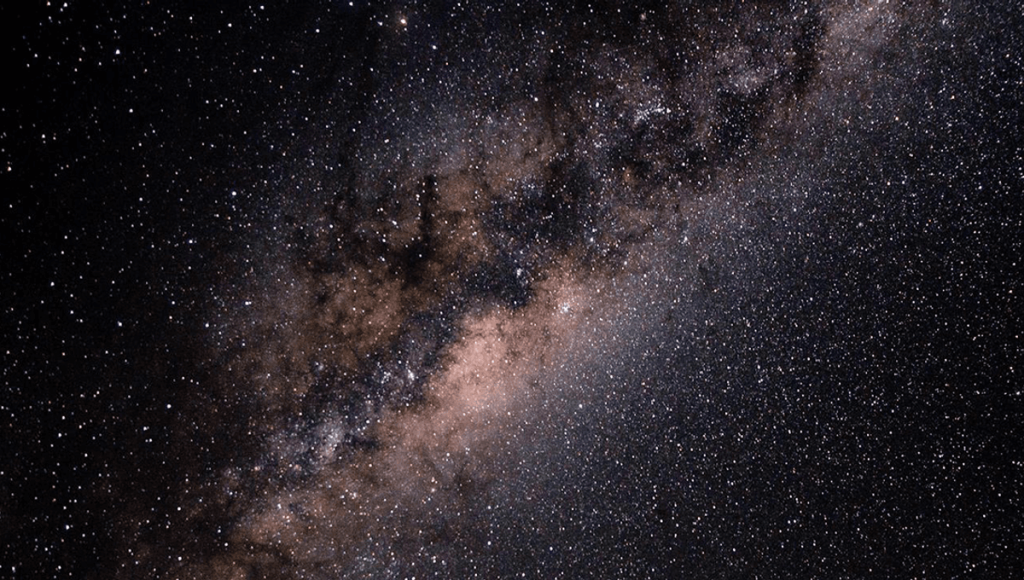2000 trillion trillion (H isWith 100 billion stars in the universe and 13.7 billion years since the universe began, you might be wondering where are extraterrestrial civilizations? This is the fundamental question behind the Fermi Paradox. The Fermi Paradox is the tension between our doubts about the possibility of life in the universe (given the planets we have discovered in space) and our doubts about the possibility of life in the universe. Habitable Areaetc.) and intelligent life forms (H is) species inhabit.
Various explanations for this paradox have been proposed. Galaxy Zoo And everyone Silence To avoid being destroyed Great filters It’s halting life’s progress at various stages. A new paper looks at this paradox from a new angle, and concludes that the simplest explanation may be the best: we may be the only fully (or nearly fully) intelligent civilization in our galaxy.
The paper begins with a thought experiment proposed by physicist Edwin Jaynes in 1968. Imagine you walk into a laboratory where you find a row of large beakers filled with water into which you add “substance X” to see if it dissolves.
In such a scenario, we would expect the substance to be either nearly 100 percent soluble or nearly 0 percent soluble. The substance either dissolves in water at room temperature or it doesn’t. If it dissolved about half the time, it would mean that slight changes in the temperature and pressure in the lab were enough to change the results and the conditions were “fine-tuned” to get the substance to dissolve.
Similar logic can be applied to the search for extraterrestrial life and civilizations.
“Consider a collection of Earth-like planets throughout the universe – worlds with similar gravity, composition, chemical content, and climatic conditions,” the team wrote in their paper, which has not yet been peer-reviewed. “Although small variations will certainly exist across the universe (like in a laboratory beaker), it would be reasonable to expect that life would either almost always emerge under such conditions, or very rarely. As before, it would seem unnatural for life to emerge in about half of the cases. Again, this is motivated by the fine-tuning perspective.”
We don’t have enough information to apply this reasoning to low-level life like microbes: they may appear in almost all cases, or they may rarely appear at all. We don’t have enough data on planets or exoplanets to know which, but we can look at Earth and see that multicellular life has only been around for about 10 million years. 600 million yearsThis may suggest that the transition from single-celled to multicellular life is rare.
David Kipping, lead author of the paper, explains further:
Nor can we use our own existence as evidence that we live in a scenario where intelligent life is abundant: we may simply live on one of the very few worlds where life arose.
but We have some information that can be used to limit the search for advanced alien civilizations. Dyson sphere And other signs of advanced alien civilizations (if explanations can be found) all turn out to be natural phenomena. For example: hot dog.
Using their improved model, the team emphasized that if we are in a galaxy where intelligent life emerges almost all the time (over long timescales and making reasonable assumptions about life spans), we should see signatures of alien civilizations throughout the galaxy. Drake EquationWe don’t see this at all, which leads us to the conclusion that rather than a galaxy where intelligent life is abundant, we are in a scenario where intelligent life is unlikely to emerge.
While this is a fairly pessimistic conclusion, the team says there is still reason to be optimistic about a scenario in which intelligent life is rare but spreads rapidly when it does appear – the so-called “greedy alien” scenario.
“Here, ETIs might seem rare, but when they do appear, they often settle in a region within a short period of time. In such a universe, most of the region is filled, so F ≈ 1. The reason we don’t see F ≈ 1 locally is because, due to the weak anthropic principle, humans must have necessarily emerged in pockets of space where this wave has not yet reached,” the team explains.
“Such a scenario would challenge the usual view of SETI: instead of looking locally, we need to look at regions far away from us. Such a hypothesis has the advantage that it could, in principle, be tested through extragalactic SETI.”
The paper has been posted on a preprint server arXiv.


